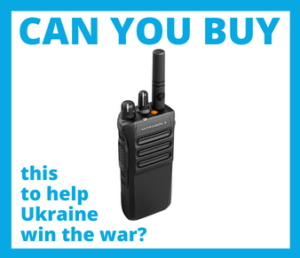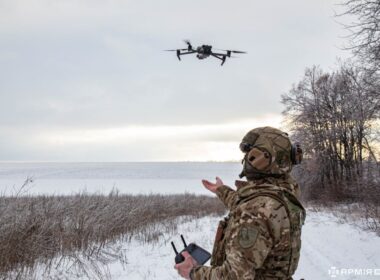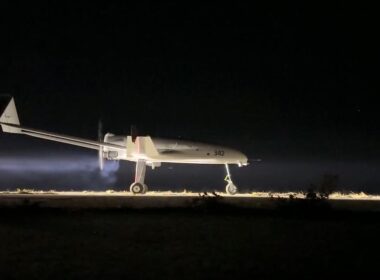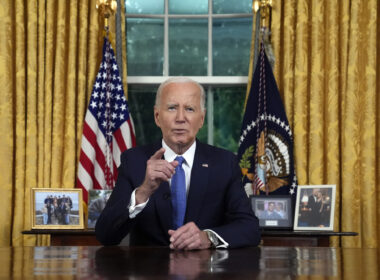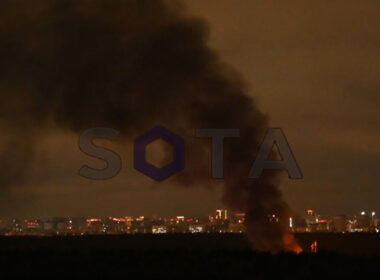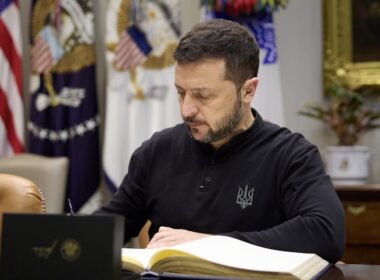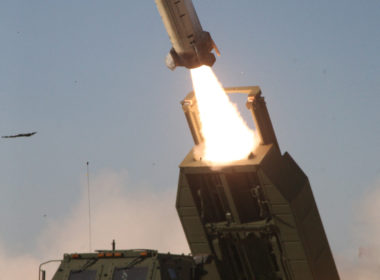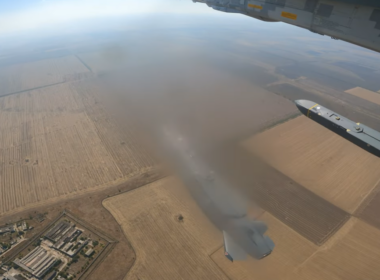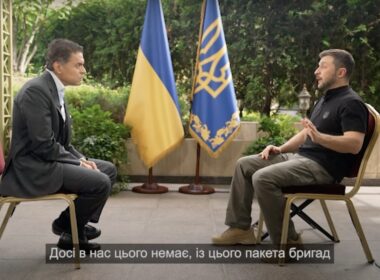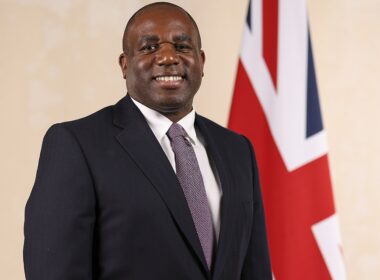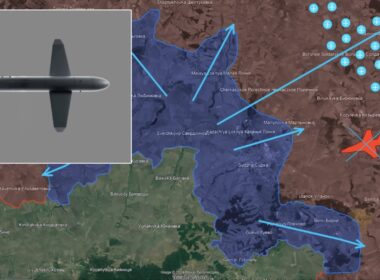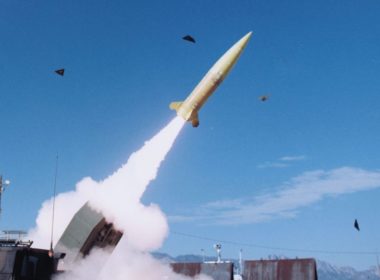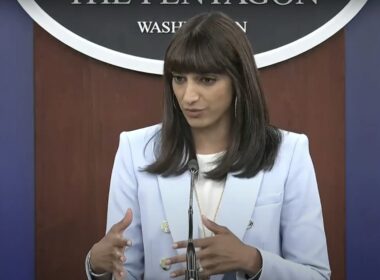Russo-Ukrainian war, day 990: Russians execute Ukrainian POW, strike civilians in Kharkiv, Odesa as Europe’s air defense systems “stand idle”
A video emerged of Russian forces executing an unarmed, wounded Ukrainian POW on camera as international bodies struggle to respond to mounting war crimes, with Ukraine documenting over a hundred similar cases. Russian strikes with guided aerial bombs hit civilian infrastructure in Kharkiv and Odesa oblasts, killing multiple civilians. President Zelenskyy accused European partners of keeping vital air defense systems 'just standing there' instead of helping protect Ukrainian civilians from Russian attacks.



